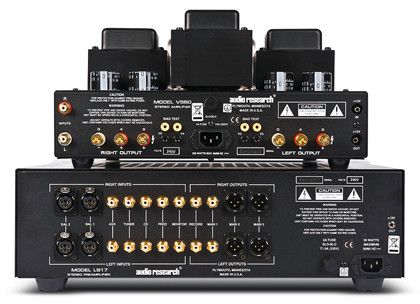

Set the input channel to the appropriate input level ( Input Sens) by going to TRAKTOR Preferences > Audio Setup and clicking on Settings to open up the Channel Setup menu in the Control Panel.In this example we are using the input channel A ( IN 3-4).
Power supply traktor audio 6 free#
Connect your external audio source to a free input of your audio interface.Make sure that the audio interface is connected and recognized and then launch TRAKTOR.In this example we are using the TRAKTOR AUDIO 10. The external audio source needs to be connected to a physical input of the audio interface. This setup requires an audio interface equipped with at least one input channel.
Power supply traktor audio 6 how to#
Additionally, most of these DI boxes feature a Ground Lift switch.This article explains how to record an external audio signal in TRAKTOR PRO 2 using the Mix Recorder. With a DI box you can use balanced audio cables for unbalanced audio sources. This will break the ground of the audio connection. If you cannot fix the ground loop with the tips above, you can try to put DI boxes in between the connections of your audio devices, your mixer and/or your active loudspeakers. If your mixer provides both unbalanced and balanced inputs, always connect your balanced sources to the respective inputs on the mixer. If possible, always use balanced audio cables to connect your audio device to your mixer or speakers. If either grounding cable or grounding screw are not provided, please consult the manufacturer of your hardware device for more information. If you are using TRAKTOR timecode vinyl, make sure to connect the grounding cable on the back of your turntable with the grounding screw on the back of your audio interface or hardware mixer. Note for TRAKTOR DJs using Timecode Vinyl Note: If you are unsure that the electrical system in your house/appartment is properly grounded, you would need to consult an electrician. If the source cannot be identified or has been identified but cannot be eliminated, a grounded power supply (one that has ground connectors) should help. at another house or studio) to see if the issue still exists. If it is still not possible to identify the cause of the hum or buzz, we recommend testing the device at a different location (e.g. Alternatively, disconnect all of them and then reconnect them one by one in order to identify which one is causing the problem. Nearby Electrical DevicesĮliminate the possible sources by disconnecting nearby electrical devices one by one. You may also have to separate polarized plugs (two-prong) from grounded plugs (three prong), by connecting them to separate circuits. Note that even if the power supply of your laptop computer is not connected, your setup may still be vulnerable to ground noise from an external device with its own power supply.Īll devices that are physically connected to each other should share the same power outlet. Shared Power OutletĪlways connect your devices to the same power outlet (e.g. If you are going to use a replacement power supply unit, make sure that its specifications meet the ones required by your computer in order to avoid permanent damage. Disconnect your computer from your power supply so that it runs on battery power and verify if this resolves the issue. Power SupplyĪ low quality power supply unit can lead to ground loop noise, particularly on laptops. Some devices offer a switch for this whereas others may require a modified audio cable or a DI-Box (see Balanced Cables and DI Box chapters at the bottom of this article). Never lift the ground of the power connection!Ĭontact the manufacturer of your device before lifting the ground to find out if ground lifting is supported on your device. If you find the device that introduces the ground loop, a ground lift of the audio connection may solve the issue.

To check if the amplifier or active monitors create the ground loop, monitor your audio signal from the headphones output of your device (while the amplifier/active monitors are disconnected). external harddrives, MIDI controllers, etc.). This applies to all peripheral devices you may have connected (e.g. from your computer, mixer or MASCHINE+) but not the amplifier and / or speakers. In order to find out where the ground loop arises, disconnect all peripheries from your main device (i.e. The troubleshooting steps below outline the most common solutions. Resolving a ground loop requires some investigation.


 0 kommentar(er)
0 kommentar(er)
